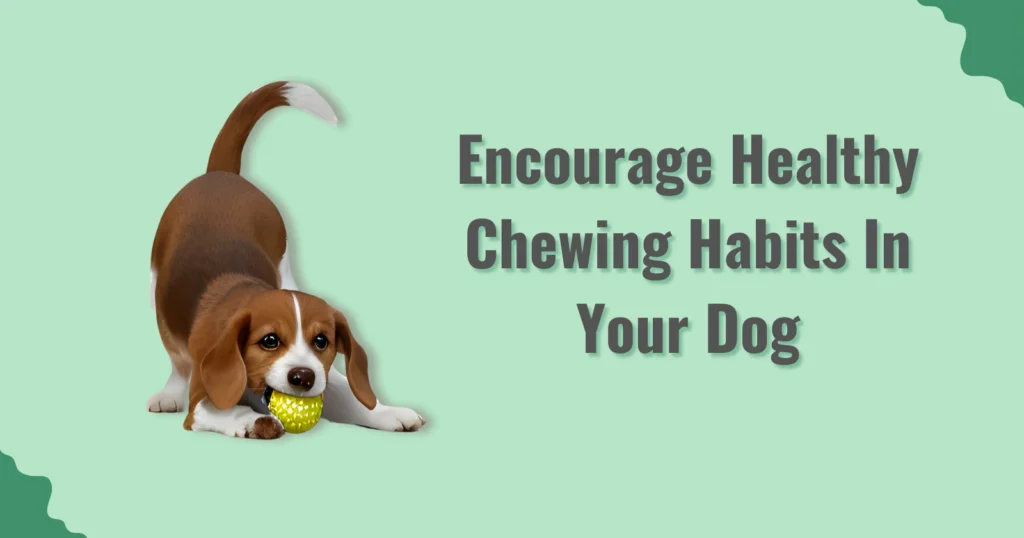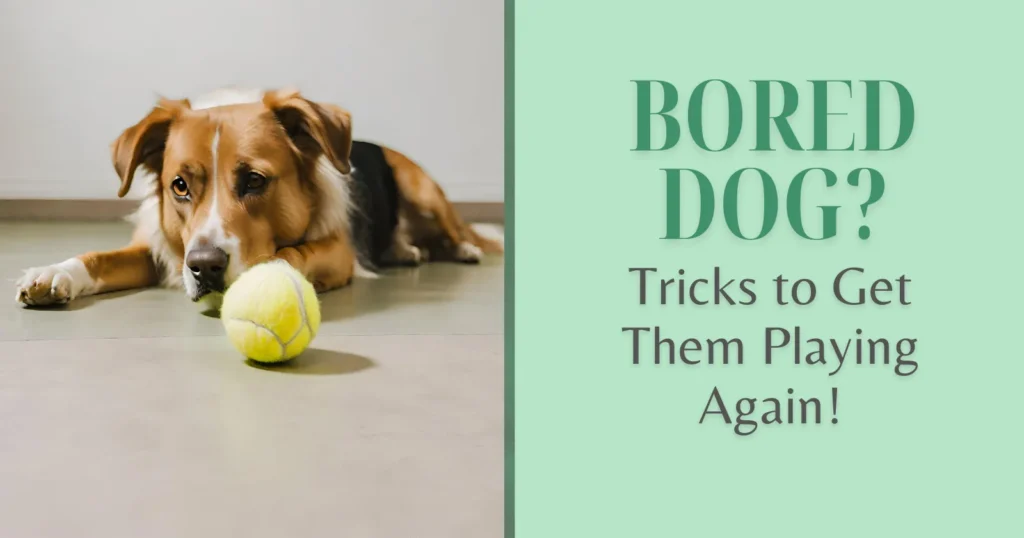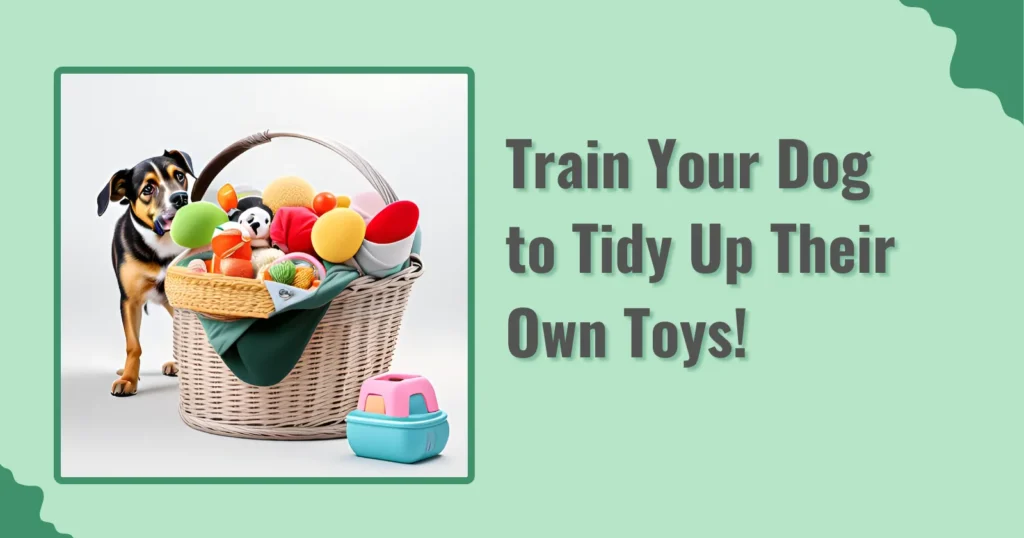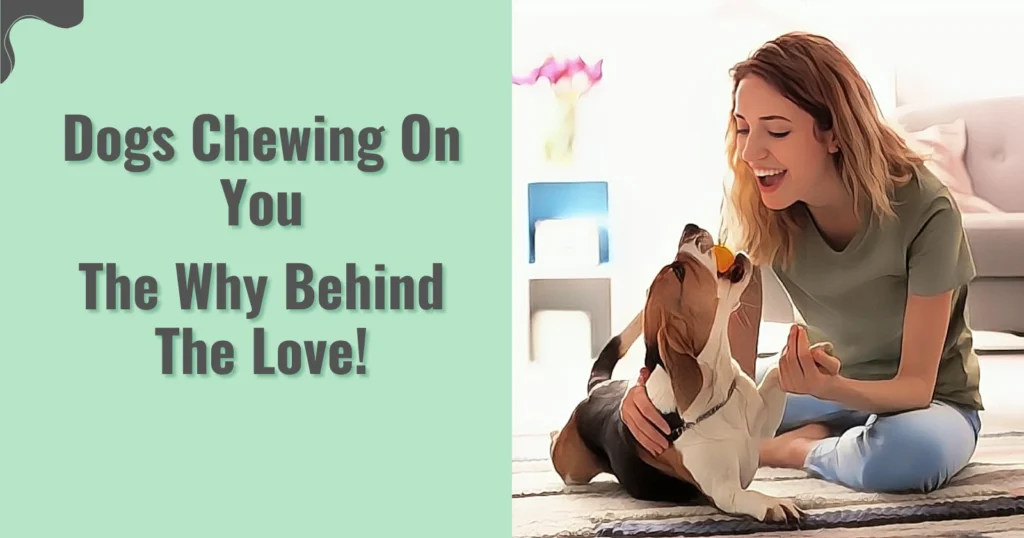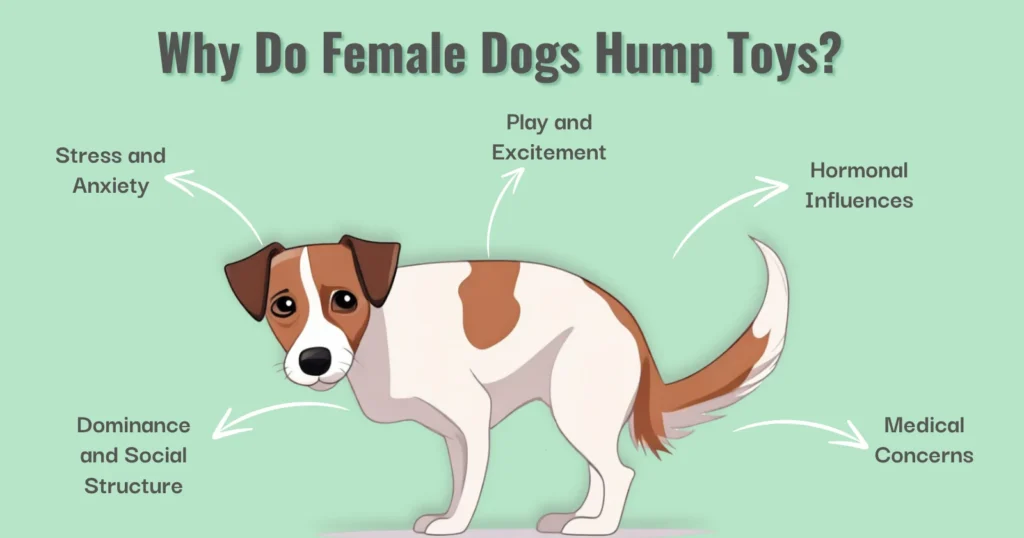Grabbing your dog’s attention when getting them to start chewing on their can be a hassle. When I first introduced my pet to chew toys, he refused to show interest. He wouldn’t play fetch; not even the squeakers could get his attention. You’ve landed on the right page if you’re stuck in a similar rut.
Multiple methods such as putting food on the toy, playing with your dog, introducing them to different types of toys, and correct discipline training will get your dog to chew on their toys and help them last longer without them getting destroyed.


How do you get your dog to chew on his toys?
There may be multiple reasons why your dog has not shown any interest in his toys. To broadly categorize, there are three common explanations:
- They don’t understand what to do with the toys
- You have not found the right toys for them
- They are simply bored
You can get your dog to chew on his toys using the following guide.
1. Get him interested
You can jolt your dog’s interest using a few practical tips and tricks. A little treat always does the job for my furry friend. You can smear peanut butter on your dog’s toys to grab his attention and get him to lick it off his toy. The method works best with toys such as the Kong, and they start associating the toy with a tasty treat. Other methods of dispensing treats to them during playtime are just as effective.
A dog is likely to play with toys if they are attractive. They become interesting when another dog or you want them and play with them. In some cases, toys with squeakers help the case.
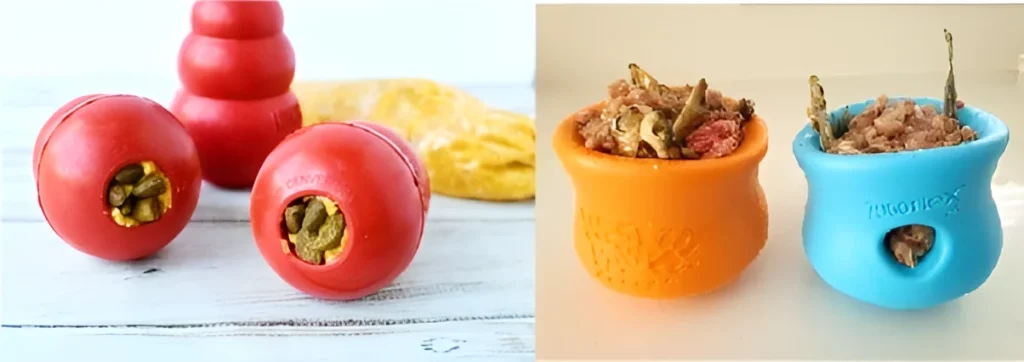

2. Finding the right toy
Give your dog options and see what catches his eye, they are the ones who have to pick them out. Different dogs may be attracted to different toys. Introduce different shapes, sizes, and textures, and examine what toys stimulate them mentally and physically—giving them something appropriate to chew and finding options similar to those they like.
You can also opt for toys that have certain smells and flavors. Rawhide bones are always a good option; buy a large one and then motor it daily.
Trust me, you can’t force toys on your dog; if they don’t like it, that’s just the case.
3. Engage with them
Playing with your dog helps you bond with each other; the toys will carry your scent but also help your dog understand the concept of playing with toys. You can approach this by getting in a play position and inviting them to tug with you. Place the toy near their mouth and let them grab it with their teeth. I once tried to put a clean toy in my mouth and shook it around to show him what to do; to my surprise, it actually worked.
Setting a playtime and dedicating a space is practical as well. Using positive reinforcement when they chew on their toys will encourage them to do it more often. Please show them you’re happy when they chew on their toys.
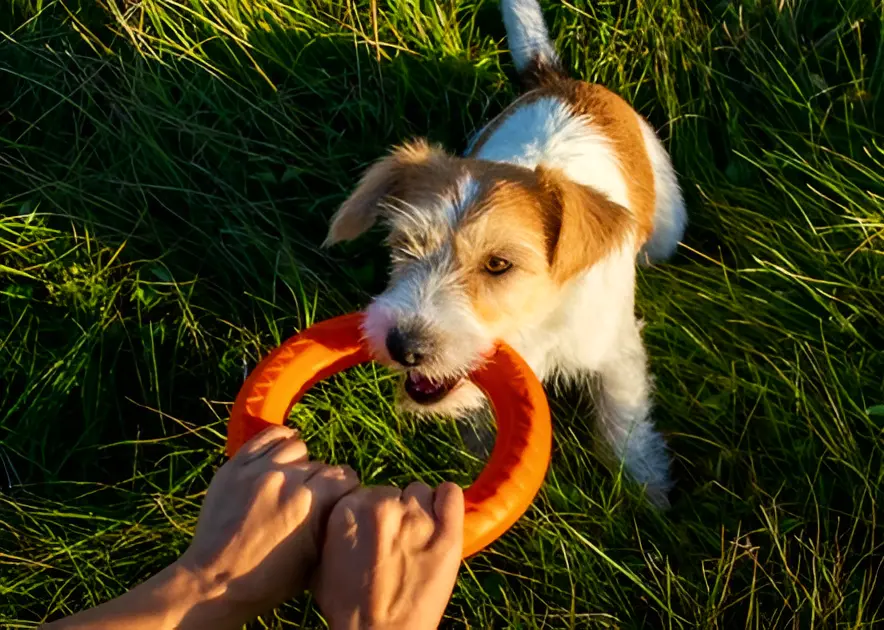

4. Using deterrents
If your dog chews on other household items instead of his toys, you can spray these items with a bitter apple spray to keep them away. This helps redirect their attention towards their toys. Another effective method would be teaching him the trade command; every time the dog puts its mouth on whatever, offer him a toy instead and reward this behavior.
5. Rotate their toys
Like humans, dogs can get bored quickly. This might be one of the reasons they’re not chewing on their toys. In such situations, you must rotate their toys daily to keep them exciting and engaging for our little friends. You don’t necessarily have to keep buying new ones; keep cycling the ones you have.
6. Keep Off-Limits Items Out of Reach
While training your dog, try to keep tempting items out of their reach. This will help reduce the chances of them chewing on inappropriate things and have them fixate on their toys instead. This is crucial when you’re training a puppy.
7. Mr. Mousey and Mr. Carcass game
Try teaching the Mr. Mousey and Mr. Carcass-style game. You would have to work up to it, as the game takes a lot of impulse control and a good drop. It still requires soft toys only to be out when you are actively playing with them. Therefore, it gets your dog hooked on his toys and teaches him some discipline on how to play with them.
How do you get your dog to stop destroying his toys?
If you’re wondering how to get your pet to stop shredding their toys, you must first understand why they are doing it.
Why is your dog shredding their toys? Here’s why:
- Separation anxiety
- Excess energy
- Teething
- Aggressive nature
- Their instinct to hunt a make-believe prey
- They are bored of the toy
Techniques to prevent shredding
If you understand the reasons behind your dog’s destructive nature, you can find preventative methods helpful; they will end the shredding bit.


Identifying behavioral problems
Any problems associated with behavior need to be your first and foremost priority before trying anything else. Your dog might be experiencing stress, frustration, and separation anxiety that may result in the aggressive chewing and tearing apart of their toys. For puppies, this may be due to teething. It is also very likely that they are trying to get your attention.
You can seek professional help when you can not manage it yourself. Dog trainers and behaviorists can help you tackle these problems.
Discipline technique
This one time, I tried a method where you fill an Easter egg or soda with pennies and wrap it in duct tape, and whenever you catch your dog in the act, toss it near them to spook them. From then on, just shaking the can will likely do the trick.
Teaching them certain commands
Training your dog with commands like “leave it” or “drop it.” These commands can help you manage their behavior when they begin to shred toys. Consistent training will help your dog understand the boundaries of acceptable play. Use positive reinforcement and a stern voice, praise, and reward them whenever they follow these commands.


Tip: If you’re desperate, you can always spray them with bitter apple spray to get them to stop gnawing on them, but only in cases where it gets too much. After all, chewing is a part of their being, and we can’t expect them to give it up entirely.
Mental stimulation and excessive energy
Sometimes, dogs shred toys out of boredom or lack of mental stimulation. Their toys tend to become boring, and they feel like they want to get rid of them, hence the shredding. It is also likely that your friend has a lot of pent-up energy and no outlet to channel it, especially for young puppies.
To tackle this, ensure your dog has plenty of exercise to burn off their energy and activities that keep their mind engaged. Puzzle toys, interactive games, and regular training sessions can help prevent boredom and reduce destructive behaviors.
Tired dogs are less likely to do damage; hence, give your dog twice the exercise you think they need. Especially before you leave them for long periods.
Provide appropriate toys
The toy is make-believe prey for some breeds, tiny terriers like Yorkies. It’s in their nature to hunt. You can’t expect these breeds to give up or change their natural instincts in these situations. The logical way to do this is to buy them more challenging toys, such as Kong-brand and Nylabone-brand toys.
For other breeds, you must ensure your dog has access to safe chew toys or bones that satisfy their need to chew without destroying their toys. These can include rubber toys, durable ropes, or even particular dog chew bones designed for dental health. Rotate these toys to keep your dog interested.


Spend time playing with your dog.
Don’t let them run off and self-reward by gnawing on the toy. Make it more fun to play with you, and the toy is just the thing to facilitate play time with you. You’ll know it’s working when they get the toy away from you and return to keep playing. Then, when you’re done, put it away. Problem solved: dog learns to engage with you for fun, and toys last much longer.
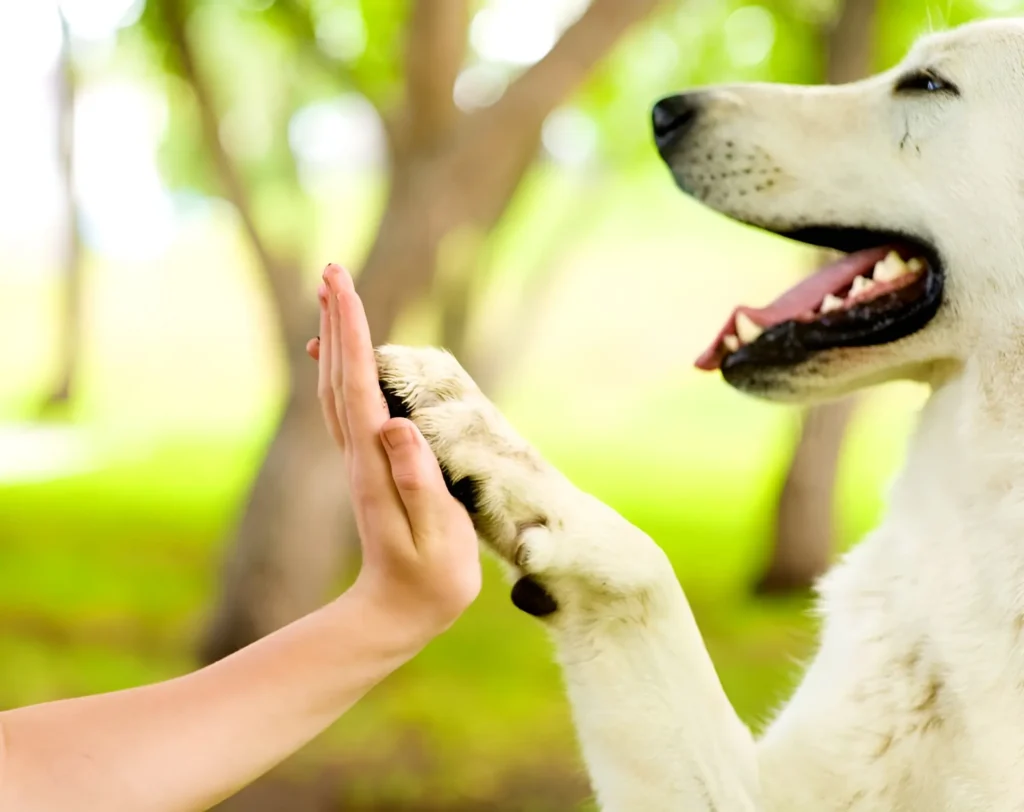

NOTE: you can refer to a book called The Puppy Primer by Patricia McConnell to help with obedience training. They have videos available for assistance on their social media as well.

